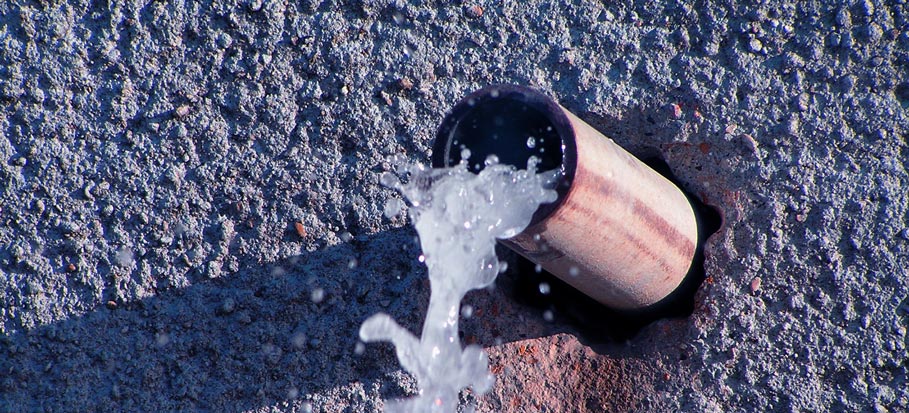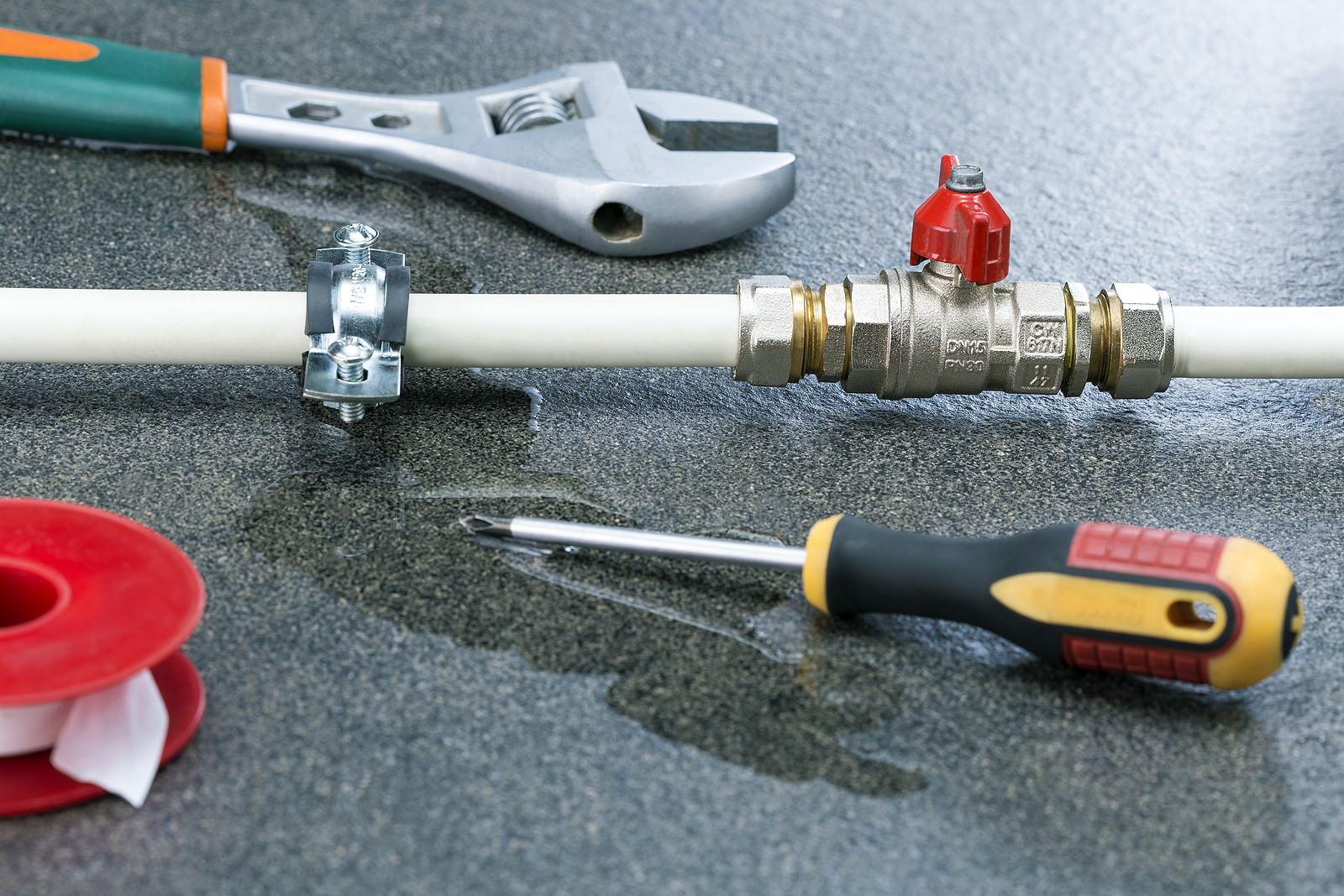Overview To Water Leakage Detection At Home
Overview To Water Leakage Detection At Home
Blog Article
The writer is making a few good pointers relating to Finding hidden leaks in general in the content in the next paragraphs.

Early detection of dripping water lines can alleviate a prospective disaster. Aside from saving you cash, it will certainly reduce the aggravation and disappointment. The moment you find a leak, calling your plumber for repairs is the best service. However, some small water leaks may not show up. If you can not detect it with your nude eyes, here are some hacks that aid.
1. Take A Look At the Water Meter
Inspecting it is a proven way that aids you find leaks. If it relocates, that indicates a fast-moving leak. This means you may have a slow-moving leak that might also be underground.
2. Examine Water Consumption
If you identify abrupt adjustments, regardless of your intake being the very same, it suggests that you have leakages in your plumbing system. An abrupt spike in your costs shows a fast-moving leakage.
A constant increase every month, even with the exact same practices, reveals you have a slow leakage that's also slowly escalating. Call a plumber to extensively examine your residential property, especially if you feel a warm location on your flooring with piping beneath.
3. Do a Food Coloring Examination
When it comes to water consumption, 30% originates from commodes. Test to see if they are running appropriately. Decline flecks of food shade in the tank as well as wait 10 minutes. If the shade somehow infiltrates your bowl throughout that time without flushing, there's a leakage in between the tank and also dish.
4. Asses Exterior Lines
Don't fail to remember to inspect your exterior water lines also. Should water leak out of the connection, you have a loose rubber gasket. One small leakage can lose tons of water and also spike your water costs.
5. Analyze the scenario and also check
House owners ought to make it a behavior to examine under the sink counters and even inside cabinets for any bad odor or mold and mildew development. These 2 warnings show a leakage so punctual focus is needed. Doing routine examinations, even bi-annually, can save you from a major trouble.
More significantly, if you know your house is already old, maintain a watchful eye on your heating units, hoses, pipes etc. Check for discolorations and also weakening as the majority of pipelines and devices have a life span. They will certainly additionally normally weaken due to tear and put on. If you presume dripping water lines in your plumbing system, don't wait for it to escalate. Call an expert plumber right now so you do not end up with a terrible mess in your home.
Early detection of leaking water lines can mitigate a prospective catastrophe. Some little water leaks might not be noticeable. Inspecting it is a surefire method that assists you uncover leakages. One tiny leakage can throw away loads of water and also increase your water expense.
If you presume leaking water lines in your plumbing system, do not wait for it to escalate.
WARNING SIGNS OF WATER LEAKAGE BEHIND THE WALL
PERSISTENT MUSTY ODORS
As water slowly drips from a leaky pipe inside the wall, flooring and sheetrock stay damp and develop an odor similar to wet cardboard. It generates a musty smell that can help you find hidden leaks.
MOLD IN UNUSUAL AREAS
Mold usually grows in wet areas like kitchens, baths and laundry rooms. If you spot the stuff on walls or baseboards in other rooms of the house, it’s a good indicator of undetected water leaks.
STAINS THAT GROW
When mold thrives around a leaky pipe, it sometimes takes hold on the inside surface of the affected wall. A growing stain on otherwise clean sheetrock is often your sign of a hidden plumbing problem.
PEELING OR BUBBLING WALLPAPER / PAINT
This clue is easy to miss in rooms that don’t get much use. When you see wallpaper separating along seams or paint bubbling or flaking off the wall, blame sheetrock that stays wet because of an undetected leak.
BUCKLED CEILINGS AND STAINED FLOORS
If ceilings or floors in bathrooms, kitchens or laundry areas develop structural problems, don’t rule out constant damp inside the walls. Wet sheetrock can affect adjacent framing, flooring and ceilings.
https://www.servicemasterbyzaba.com/blog/how-to-detect-water-leakage-in-walls/

I ran across that piece on Top leak detection hacks while surfing the web. Are you aware of anybody else who is in to the topic? Take a moment to promote it. Thank you for going through it.
Report this page